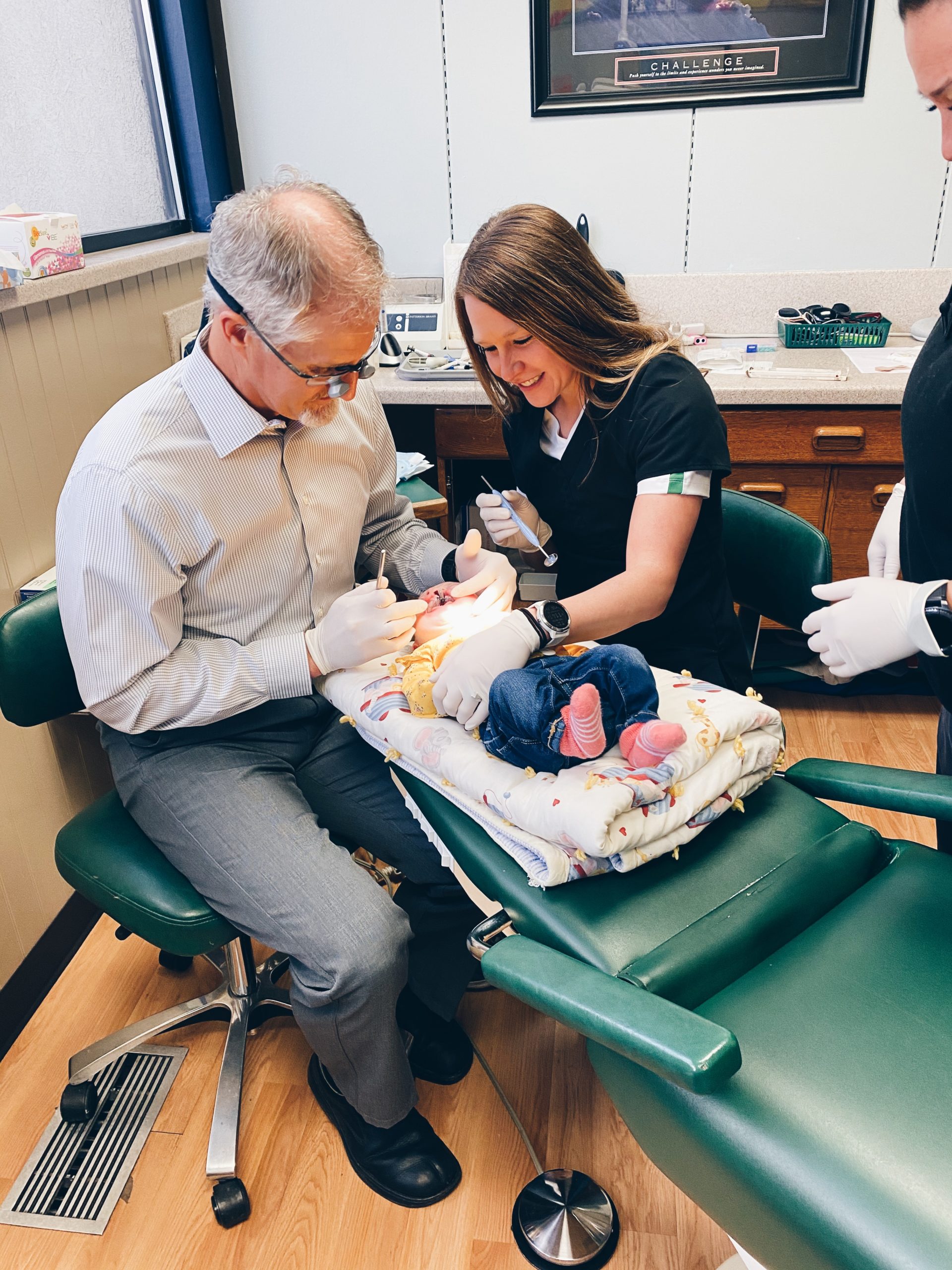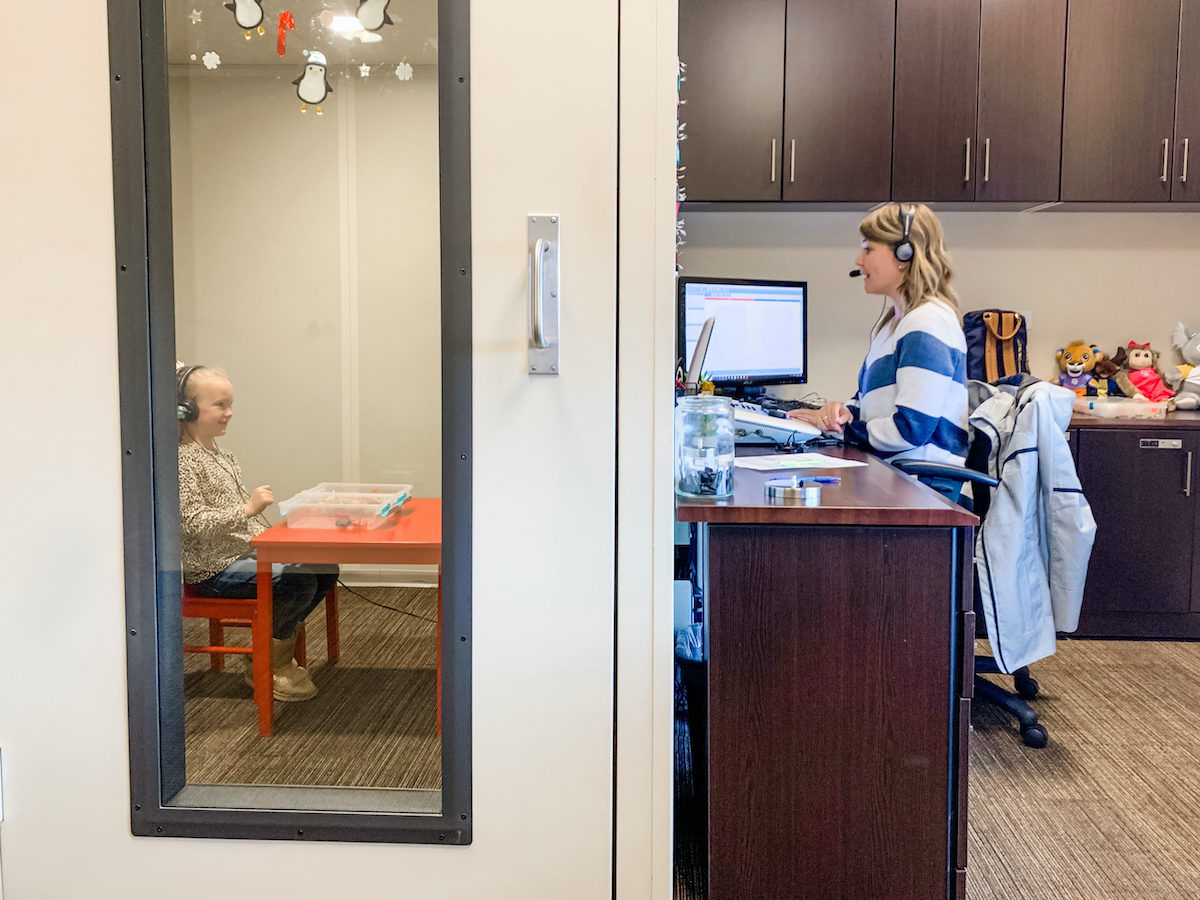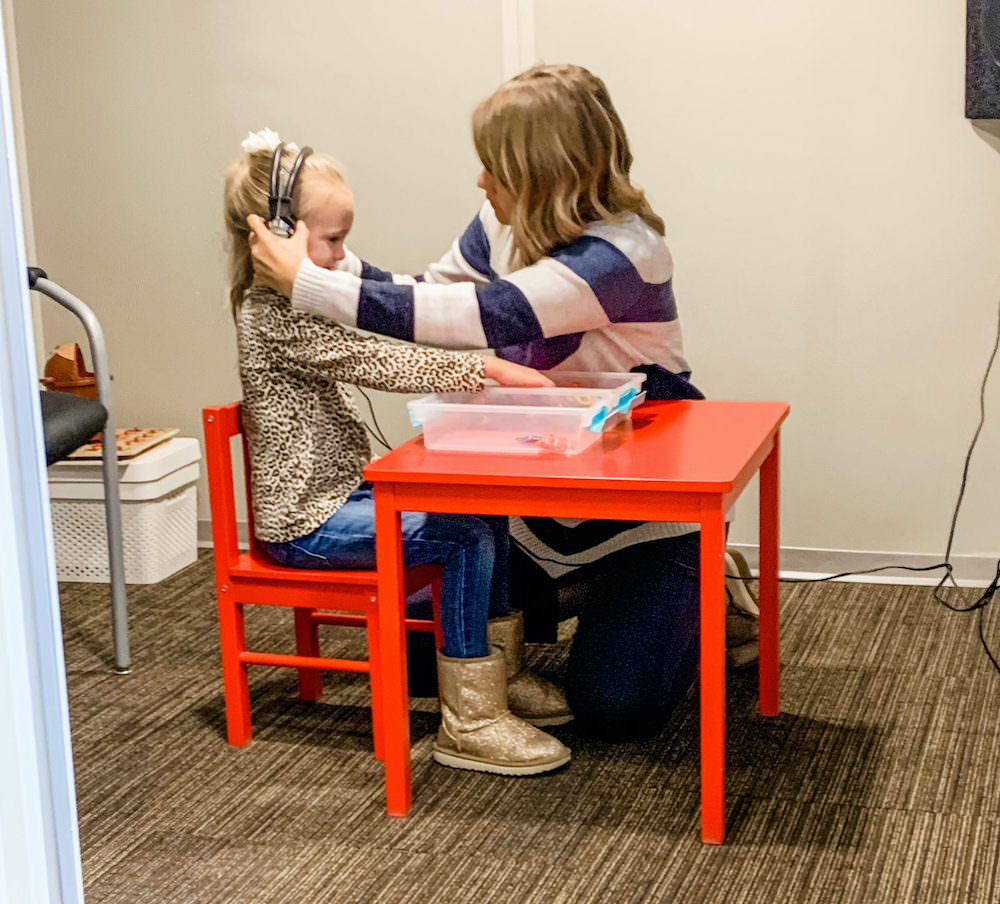Dental Expectations
What is normal?
The only thing “normal” is that dental issues in cleft kids are absolutely normal and should be expected. In fact 90% of cleft kids will have some form of dental anomaly. Most dental problems do occur in the maxilla and are related to the location and severity of the cleft and how it alters the developing tooth which may determine some of the possible problems or changes that might take place. Surprises do take place and so we roll with it. The following are some of the anomalies that may occur:
- Multiple missing teeth (hypodontia, agenesis) — when a tooth is forming imagine a seed that there is no place for it to be planted, the cleft site has the highest likelihood of missing teeth but they can be manifest in other areas as well.
- Ectopic location — It is very common for teeth to be misaligned, rotated, or coming into a different location than what is expected.
- Impaction — the growth potential of some teeth or the route in which they grow may lead to teeth not erupting into the mouth but growing deeper into the arch
- Supernumerary or extra teeth — at times early in the forming tooth additional tooth buds form and grow into extra teeth, like twins, or triplets. Like weeds in the garden they may interfere with the growth of other teeth
- Microdontia (mini-teeth) — because of influences during formation a tooth may be much smaller than normal or shaped different, some of these teeth are functional but others are not
- Delayed Development — normal eruption times and sequences may be considerably different from the averages
- Transposition of Canines and Premolars — in all that change near a cleft sites the canine can be pushed back and the premolar moved forward so they come into different spots than normal
- Multiple Decayed Teeth — malpositioned teeth make oral hygiene harder, also during development the mineral content may be diminished or altered which may make the enamel crystal more porous and chalky and lacking the strength to withstand the usual abuses common to the mouth causing decay and fractures
- Crown and Root Malformations — funny shapes to the crown and crazy angles and lengths of roots can be part of the wonkiness.

What happens if a hearing loss is diagnosed?
If hearing loss is diagnosed, a second hearing test is typically performed to confirm the results. The most common hearing loss in individuals with cleft lip and/or palates is temporary loss related to middle ear problems. In this case, the patient is referred to an ENT for medical management. Often times tubes are inserted into the ear drums to help drain the excess fluid. Your ENT will discuss your options with you.
While less common, if permanent hearing loss is found, hearing device options will be recommended based on your family’s communication goals for your child. These options may include devices such as hearing aids, temporal bone devices or cochlear implants. Recommendations vary greatly depending on the type and severity of the hearing loss. With a new hearing loss diagnosis, several referrals are made (ENT, early intervention, etc.) to help you manage your child’s hearing loss and outcomes. Talk to your audiologist about specific recommendations for your child. We are here to help you!

How can I ensure my child is hearing well as they grow?
Any type or severity of hearing loss can have an impact on a child’s speech and language development. Since many children with cleft lip and/or palate experience temporary or fluctuating hearing loss, monitoring your child’s hearing regularly is critical. Most children will see audiology and ENT regularly as part of his/her cleft team. If new concerns regarding hearing sensitivity or ear health arise, a timely visit with ENT and/or audiology is recommended.
written by Dr. Cordingley & Dr. Bown, Pediatric Audiologist



